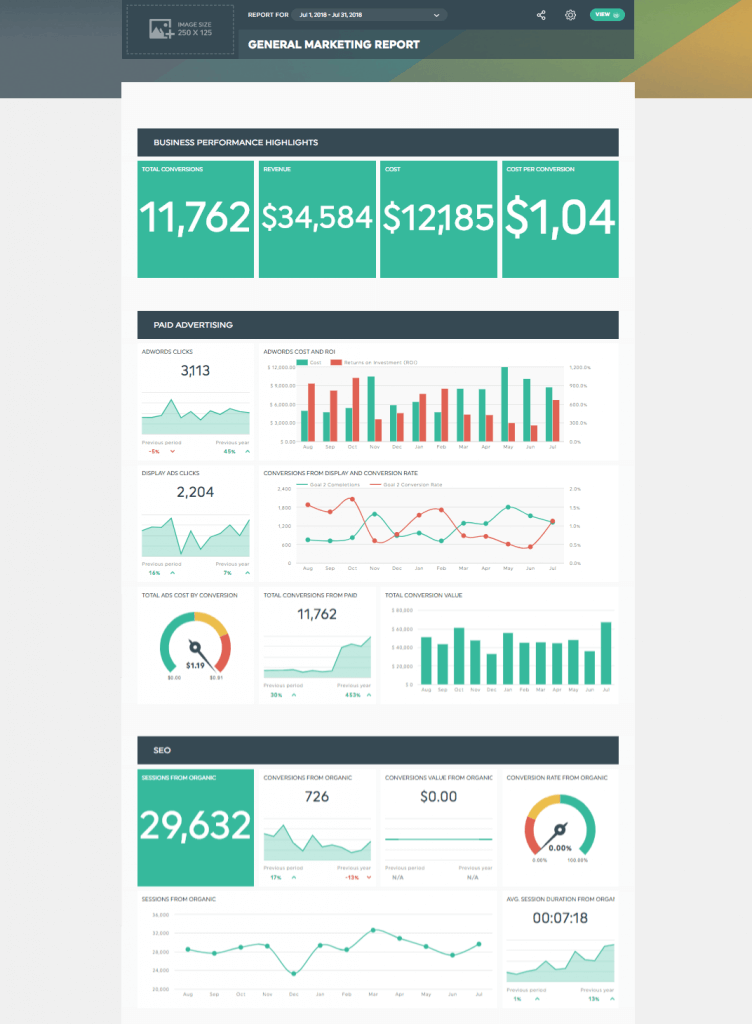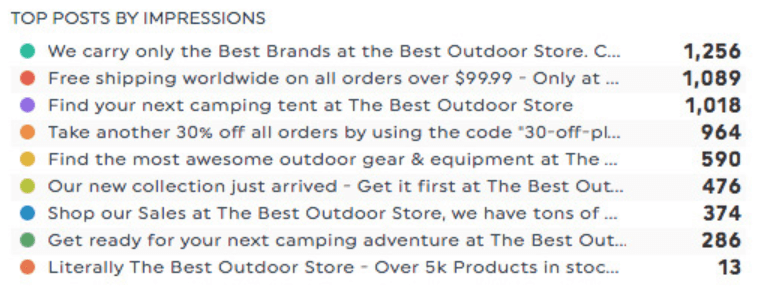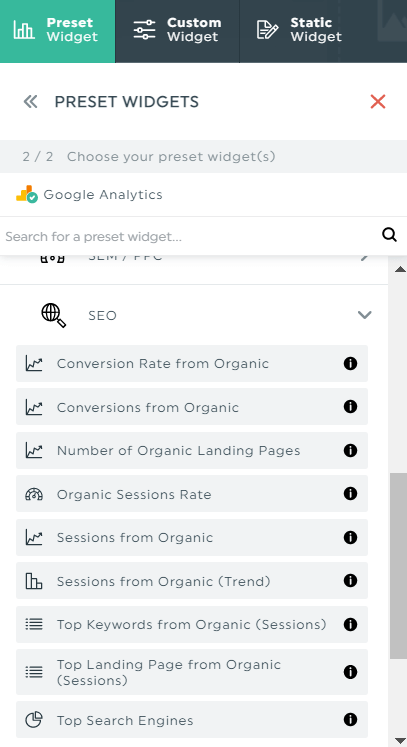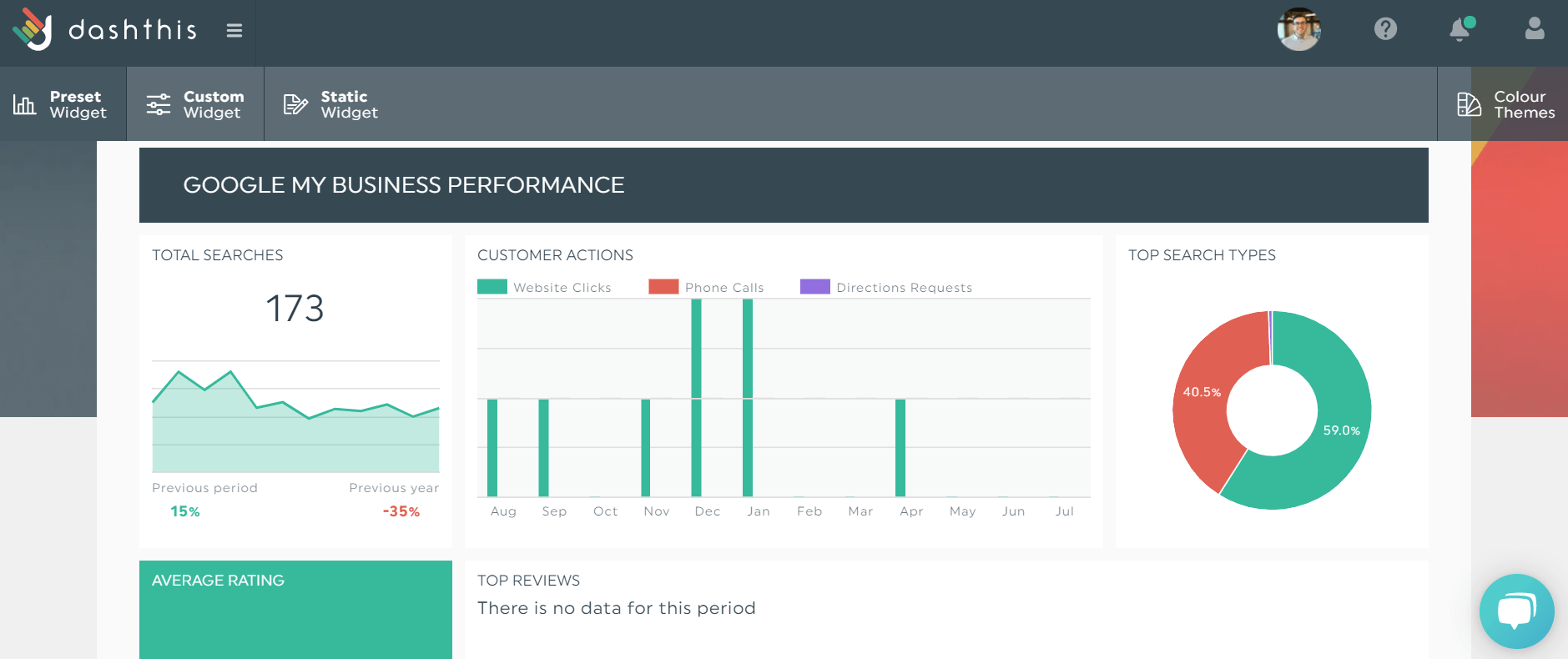5 Must-Track Types of Marketing Metrics in 2024 (Updated)

Are you tracking the right marketing metrics for your business?
Measure the wrong ones, and your efforts go down the drain. Focus on the right ones? Well, you’ll know which are your best-performing channels and do more of what works.
- What are Key Marketing Metrics
- What are the Different Types of Marketing Metrics
- - Ecommerce Marketing
- - Social Media Marketing
- - SEO and Content Marketing
- - Email Marketing
- - Website Metrics
- Why Marketing Metrics are Important
- How to Choose the Best Marketing Metrics for Your Business
- How to Track Your Marketing Metrics
- Bottom Line: Optimize Your Marketing Investment By Tracking Your KPIs First
What are Key Marketing Metrics
Marketing metrics are measurable values that show the results of your marketing campaigns. Marketers use these key performance indicators (KPIs) to gauge the effectiveness of their different marketing channels, so they can focus on those that actually work.
What are the Different Types of Marketing Metrics
Digital marketing spans across numerous channels. Here are some of the most popular marketing metrics grouped according to category.
(i) Ecommerce Marketing: Total traffic (users), traffic sources, customer lifetime value (CLV), net promoter score (NPS), cost per acquisition (CPA)
(ii) Social Media Marketing: Total impressions, new subscribers, number of likes, customer acquisition cost (CAC)

Grab this template to pull your brand awareness KPIs automatically!
(iii) SEO (Search Engine Optimization) and Content Marketing: Number of leads, organic traffic, domain authority, number of backlinks, marketing qualified leads (MQL)
(iv) Email Marketing: Unsubscribe rate, email click-through rate (CTR), email return on investment (ROI)
(v) Website Metrics: Bounce rate, conversion rate, page views, retention rate, website traffic, website visitors
Assuming you’re a full-service marketing agency, you might create a general marketing report that shows an overview of all your marketing efforts.
For instance, look at this marketing report example below. Note how it highlights the costs and conversions right at the top and ends with the paid advertising and SEO performances.

Curious how the complete list of KPIs looks? Use this report with your own data!
Why Marketing Metrics are Important
Your marketing KPIs are part and parcel of your marketing strategy.
Besides telling you about the state of your marketing funnel, they also dictate your next move in the shortest amount of time.

Looking at the top posts by impressions, you can identify the specific types of content that resonate the most with your target audience
Here’s what we mean:
Say, the sales team alerted you that the landing page hasn’t been attracting new leads lately.
Rather than coming up with theories of what could be the culprit, the marketing team digs deep into the main marketing channels: Google Search Console (GSC), Google Analytics (GA), and Facebook.
You realize several things.
The good news, the engagement rate and CTR on Facebook haven’t changed one bit. In other words, this tells you that you don’t need to change your social media copy or targeting. #win
The bad news? GSC and GA show that your website is experiencing a high bounce rate and slow loading.
Eureka! You know what’s causing the drop in your new leads. Your slow website isn’t showing your lead form and driving visitors to abandon the website.
That’s why it’s so important to track your marketing KPIs—they tell you what’s working and help you identify the antidote to digital madness.
How to Choose the Best Marketing Metrics for Your Business
Which are the most important metrics for your business?
Ultimately, it depends on your goal and the marketing channels you’re on. Here's an example to show you our thought process.
Let’s imagine you’re running a content marketing agency and trying to determine the best-performing content for an ecommerce client.
Your success criteria? To rank on the first page of the SERPs for keywords with high-buying intent, build your email list, and attract new sales.
Based on past results, you decide to focus on the best-performing lead generation channels: SEO and email.
Right off the bat, you know which marketing KPIs you need to focus on: Content marketing, email marketing, and ecommerce marketing metrics.
Now, which specific KPIs should you measure in each category?
Let’s start with SEO, as this is the primary channel that attracts new leads. You want to look at content marketing metrics such as pages per session, number of backlinks, and keyword positions.

Connect, select, and automate. DashThis pulls data from GA with a few quick clicks.
The higher you rank for a keyword, the likelier a user will click on your website and buy your product. Say, a post on the fifth spot is generating a steady stream of leads. You might want to invest more in your link-building efforts to bump it up and capture more traffic.
With email, you want to attract subscribers and nurture them to potential customers. This means we’re looking at email marketing metrics like open rate, CTR, email ROI, list growth rate, and conversion rate.

These email marketing KPIs will tell you what to work on. For instance, a low open rate might indicate that you need to write punchier subject lines or segment your email subscribers for more timely and relevant content. Whereas a low CTR could mean you need to come up with a better call-to-action (CTA).
Following that, you’ll want to look at ecommerce metrics, including transactions, number per transaction, shopping cart abandonment rate, and revenue.

A high cart abandonment rate could mean different things. It might be due to a poor checkout experience, hidden shipping fees, or something else entirely.
By focusing on these various marketing metrics and making the necessary changes, you get a few steps closer to nailing your revenue goals.
How to Track Your Marketing Metrics
DashThis automates your reporting and tracks all marketing channels with a few clicks of the button.
It’s easy to pull these different sets of data together in your marketing dashboard:
- Connect your marketing channels to DashThis
- Click the Multi-Channel Marketing Performance Report
- Edit your KPIs

Grab this multi-channel performance report with your own data!
DashThis automatically inserts your KPIs, saving you the time and effort to copy-paste them.
What’s more, sharing is easy. Here are three ways to present your report to clients.

You can export it as a marketing metric PDF, share it by email, or send a shareable link.
Bottom Line: Optimize Your Marketing Investment By Tracking Your KPIs First
Before allocating your marketing budget, measure your marketing metrics to identify which channels give you the highest returns.
Are you better off launching ads on LinkedIn or writing new blog posts to attract leads? Look at your SEO metrics and social media metrics to determine your ROI.
Make tracking a habit, and we promise:
You’ll discover the most effective social media platforms that attract your target audience and the specific content that gets these new customers to open their wallets.
Start your FREE 15-day trial on DashThis to make the most of your marketing activities today. With our automated reporting tool, you’ll never want to go back to spreadsheets ever again.
Ready to track your marketing metrics?
Read More

Don’t miss out!
Automate your reports!
Bring all your marketing data into one automated report.
Try dashthis for free
